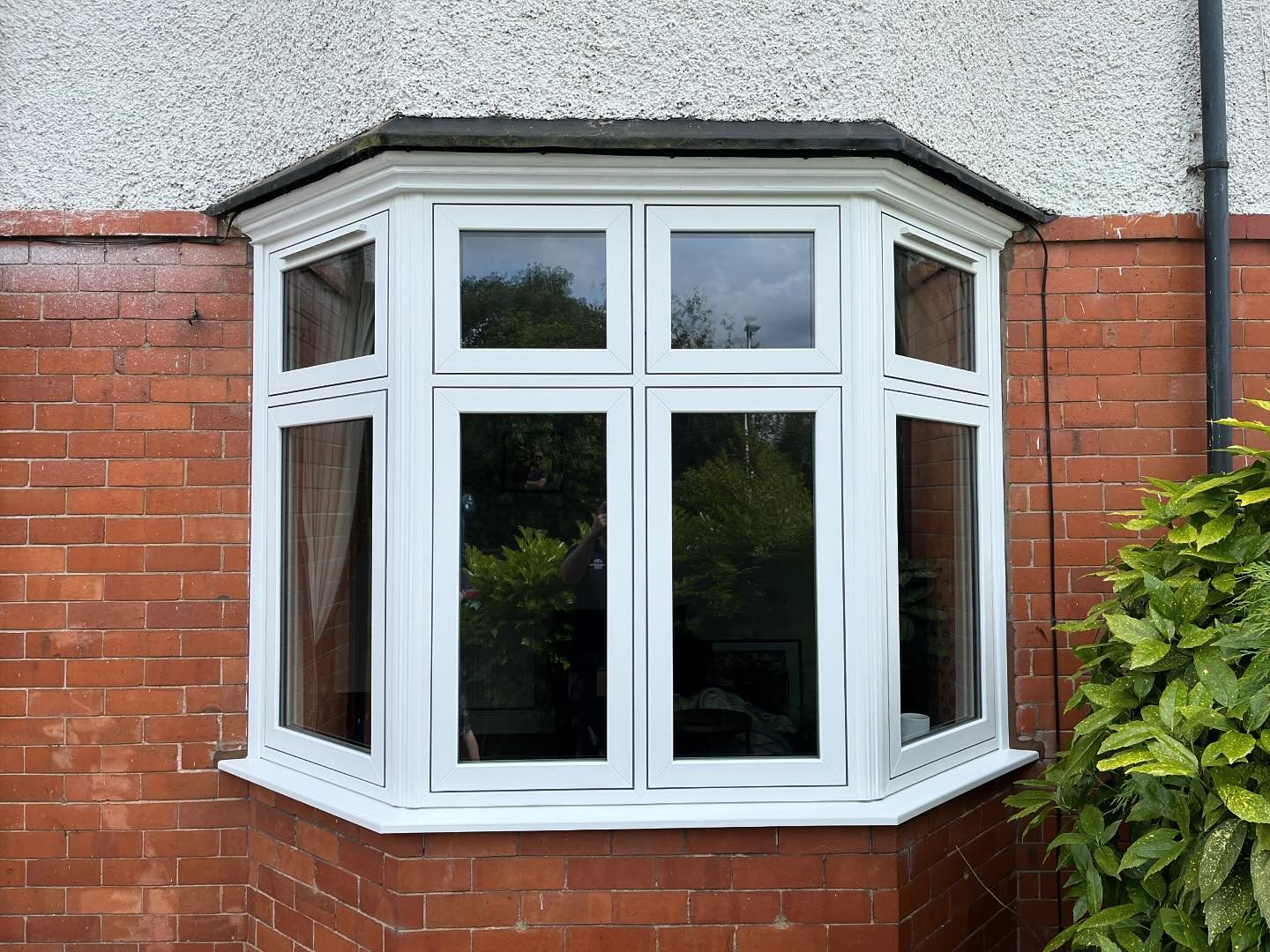In recent years, glass partitions have emerged as a popular architectural feature in both commercial and residential spaces. Their ability to create a sense of openness while maintaining distinct areas has made them an attractive option for designers and clients alike. This observational research article aims to explore the various applications, benefits, and challenges associated with glass partitions, drawing on real-world examples and observations from different environments.

The Rise of Glass Partitions
The trend of using glass partitions can be traced back to the increasing demand for flexible workspaces in corporate environments. As businesses strive for greater collaboration and communication among employees, the traditional cubicle layout has become less desirable. Glass partitions offer a solution by allowing natural light to permeate through spaces while still providing the necessary separation for privacy and focus. Observations in various office settings reveal that companies are increasingly opting for glass walls over drywall, not only for aesthetic reasons but also for the psychological benefits of transparency and openness.
Applications in Commercial Spaces
In corporate offices, glass partitions are often used to create conference rooms, private offices, and collaborative work areas. During a visit to a tech startup, it was noted that the entire office was designed with glass walls separating different departments. This layout encouraged interaction among teams while allowing for quiet spaces when needed. The transparency of glass partitions fosters a culture of inclusivity, where employees feel connected to one another, regardless of their physical workspace.
Retail environments have also embraced glass partitions to enhance customer experience. Observations in a high-end boutique revealed that glass walls were used to create distinct sections for different product lines, while still allowing customers to view the entire store at a glance. This design not only improved the visual appeal of the store but also facilitated better customer flow and engagement.
Benefits of Glass Partitions
One of the most significant advantages of glass partitions is their ability to maximize natural light within a space. In a study conducted in several office buildings, it was found that areas with glass partitions received up to 50% more natural light compared to those with solid walls. This increase in daylight has been linked to improved employee productivity and well-being. Observational data showed that employees in well-lit environments reported higher levels of satisfaction and lower instances of fatigue.
Moreover, glass partitions are versatile in design. They can be customized to fit various aesthetic preferences, from frosted glass for added privacy to clear glass for a minimalist look. This adaptability allows businesses to align their office design with brand identity, creating a cohesive and professional atmosphere. Additionally, glass partitions can be easily reconfigured to accommodate changing needs, making them a practical choice for growing companies.
Challenges and Considerations
Despite the numerous benefits, the use of glass partitions is not without challenges. One major concern is the potential for noise transmission. Observations in open-plan offices revealed that while glass partitions provide visual separation, they do little to dampen sound. Employees in such environments often reported distractions from conversations and phone calls happening in adjacent areas. To mitigate this issue, some companies have opted for acoustic glass or incorporated sound-absorbing materials into their designs.
Another consideration is the maintenance of glass partitions. While they offer a sleek and modern look, fingerprints, smudges, and dust can quickly become apparent on glass surfaces. Regular cleaning is essential to maintain their aesthetic appeal, which can be a logistical challenge in busy environments. Observational research showed that offices with dedicated cleaning schedules for glass walls tended to maintain a more polished appearance, positively impacting employee perceptions of their workspace.
Case Studies
To further illustrate the impact of glass partitions, several case studies were examined. One notable example is a co-working space that utilized glass walls to create a variety of meeting rooms, brainstorming areas, and private offices. The layout was designed to encourage collaboration while still providing options for focused work. Observations indicated that members appreciated the flexibility offered by the space, often moving between different areas based on their immediate needs.
Another case study involved a healthcare facility that implemented glass partitions in waiting areas and consultation rooms. The transparent design helped to reduce feelings of anxiety among patients by creating a more open and welcoming environment. Feedback from patients and staff highlighted the positive impact of natural light and visual connections on overall well-being.

Conclusion
Glass partitions have transformed the way spaces are designed and utilized, offering a balance between openness and privacy. Their increasing popularity in commercial and residential settings reflects a broader trend toward creating environments that promote collaboration, transparency, and well-being. However, it is essential for designers and clients to consider the challenges associated with glass partitions, such as noise transmission and maintenance requirements.
As we continue to observe the evolution of workspace design, it is clear that glass partitions will remain a significant element in shaping the future of how we interact within our environments. Doors By Ideal Glass leveraging the benefits of glass while addressing its limitations, architects and designers can create spaces that not only look aesthetically pleasing but also enhance functionality and improve the overall experience for occupants.








